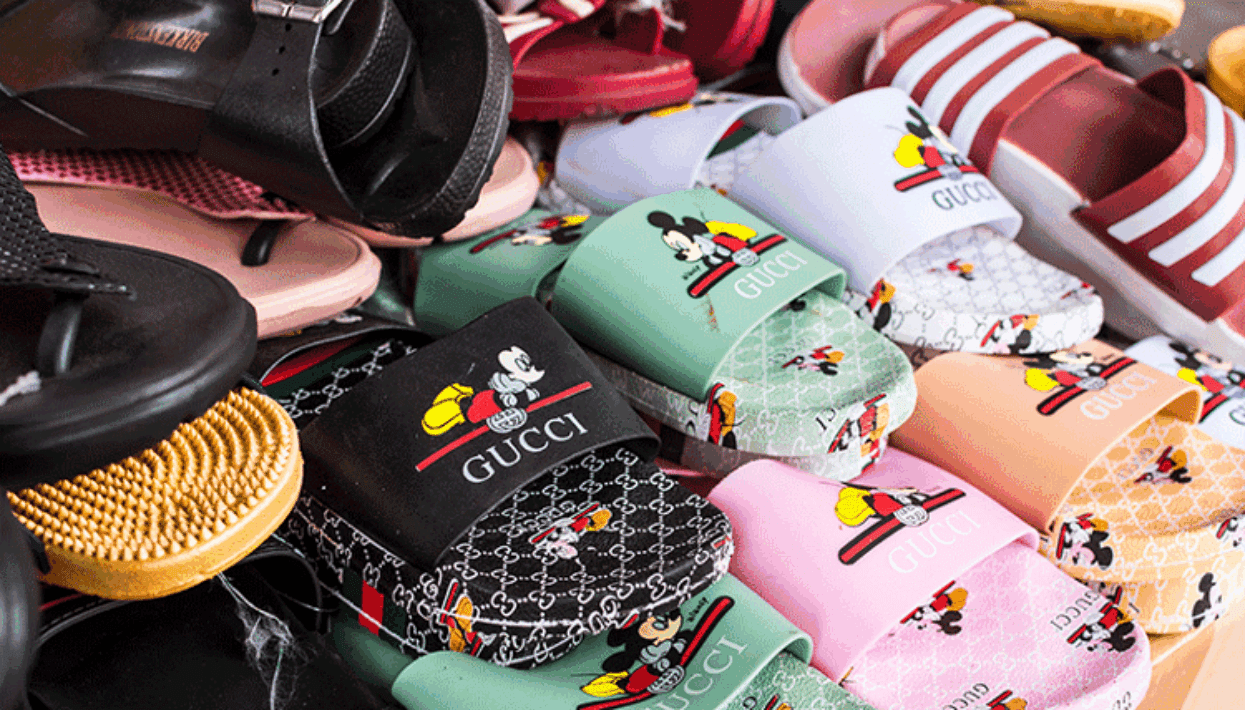Garment Printing
How to stop fakes entering your supply chain
Author
FESPA Staff
Published Date
24/04/2023
Become a FESPA Member
to Continue Reading
